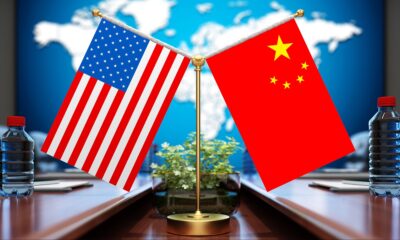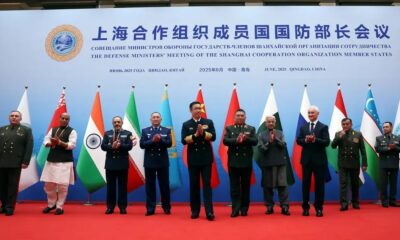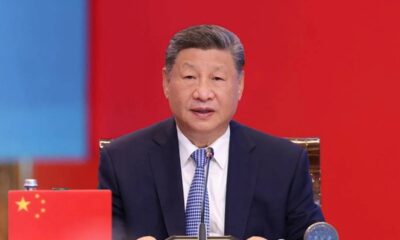Asia
China’s export and import growth beats forecasts
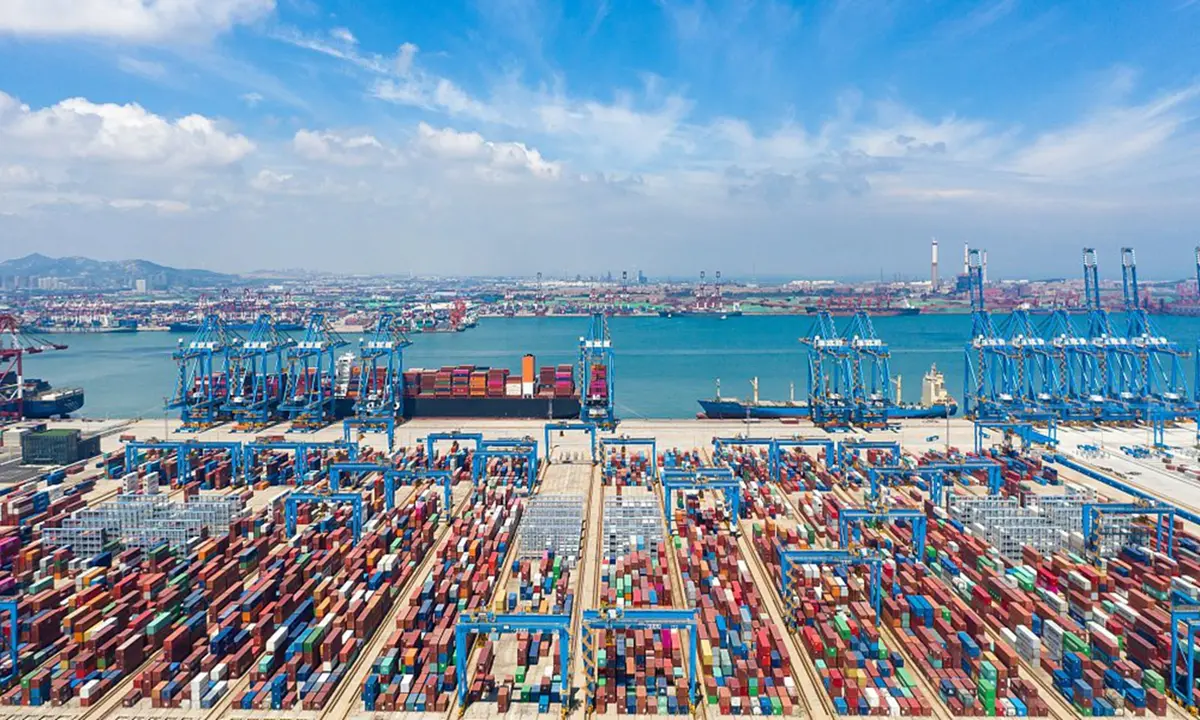
China’s export and import growth beat forecasts in the January-February period, providing encouragement for policymakers trying to support the economic recovery.
China’s improving export data followed South Korea and Germany, whose shipments beat expectations in the first two months of the year as Asian economies benefited from a surge in demand for semiconductors.
Exports from the world’s second-largest economy rose 7.1 percent in the two months from a year earlier, beating expectations in a Reuters poll for a 1.9 percent increase, customs data showed on Thursday. Imports, however, rose 3.5 percent, compared with expectations for a 1.5 percent increase.
“The better-than-forecast data reflect a recovery in global trade driven by the electronics sector, but also benefit from a low base effect as export growth in January-February was -6.8%,” said Xu Tianchen, senior economist at the Economist Intelligence Unit.
The customs bureau publishes trade data for January and February together to correct for distortions caused by the change in the timing of the Lunar New Year, which falls in February this year.
Chinese PM Li Qiang announced on Tuesday that the economic growth target for 2024 is 5 per cent, similar to last year, and pledged to transform the country’s development model based on exports of manufactured goods and excess industrial capacity.
Policymakers have struggled with low growth rates over the past year as consumers postponed spending, foreign companies divested, manufacturers struggled to find buyers and local governments grappled with huge debt burdens and the housing crisis.
A sustained recovery in exports is also important, although this key growth engine is expected to help support the economy.
“After accounting for changes in export prices and seasonality, we estimate that export volumes rose sharply in January and February, reaching a new high,” Huang Zichun, China economist at Capital Economics, said in a note.
“However, we are sceptical about the sustainability of this strength as exporters’ ability to cut prices to maintain market share is now more limited,” he added.
Exports to the US rose, while shipments to the EU fell
Market reaction to the trade data was largely muted. China’s blue-chip CSI300 index fell 0.32%, while Hong Kong’s Hang Seng index was down 0.47%.
China’s trade surplus widened to $125.16 billion, compared with $103.7 billion in the survey and $75.3 billion in December.
Commodities data released on the same day showed the Asian giant’s crude oil imports rose 5.1% year-on-year in the first two months of 2024, as refiners increased purchases to meet fuel sales during the Lunar New Year holiday, while copper imports rose 2.6%.
China’s total exports to the US returned to growth in January-February, rising 5% year-on-year, compared with a 6.9% fall in December. However, shipments to the EU fell by 1.3% over the same period.
Expectations of global monetary easing may also provide some relief to China’s hopes of boosting exports, but economic conditions in many major developed countries look bleak in the short term. Both Japan and the UK slipped into recession in the second half of last year, while the eurozone economy also stalled.
Asia
Chinese navy chief and top nuclear scientist expelled from legislature
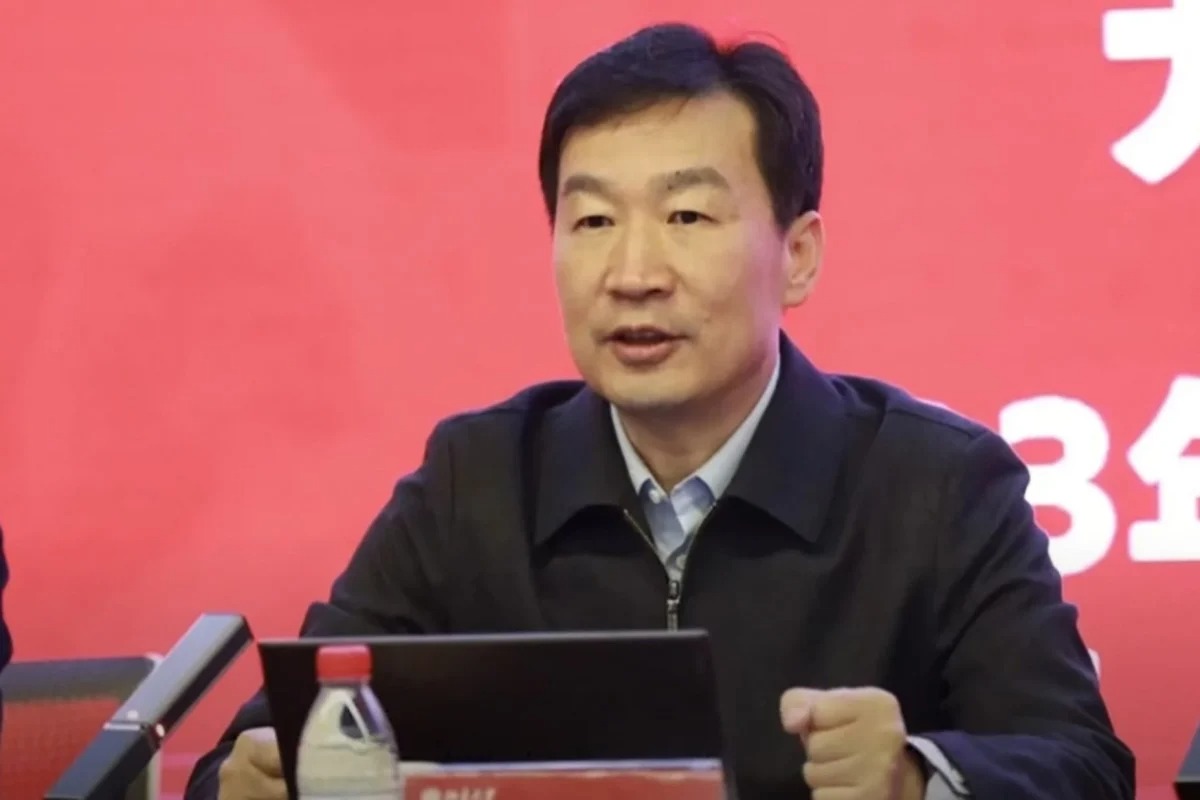
The chief of staff for the People’s Liberation Army (PLA) Navy, Vice Admiral Li Hanjun, and Liu Shipeng, the deputy chief engineer of the state-owned China National Nuclear Corporation, were removed from their positions in the country’s legislative body.
Li is the latest in a series of PLA generals and a handful of defense industry executives implicated in a widespread investigation within the military.
In a statement on Friday, the NPC Standing Committee announced, “The Navy Soldiers’ Congress has decided to remove Li Hanjun from his post as a representative to the 14th National People’s Congress.”
The Gansu People’s Congress also dismissed Liu Shipeng from his role as an NPC deputy.
Additionally, the Standing Committee revealed it had voted to remove Miao Hua, a former top general who previously oversaw the PLA’s ideological work, from the Central Military Commission (CMC), China’s highest military command body led by President Xi Jinping.
The removal of Li and Liu from their NPC memberships suggests they are facing serious disciplinary action.
China typically remains silent about purges within the military, and announcements from the NPC are one of the few indicators of such campaigns.
There is little public information available about Li and Liu, as both have worked in sensitive positions.
Before becoming the navy’s chief of staff, Li, 60, was the deputy director of the CMC’s Training and Administration Department. He was appointed to this role after serving for a year in the CMC’s Office for Reform and Organisational Structure.
In 2014, he was promoted to vice admiral upon his appointment as commander of the naval base in Fujian province, where Miao also spent a significant part of his career. At that time, he was the director of training at the China Naval Command College and was soon promoted to president of the school.
According to official media reports, nuclear scientist Liu was born into a family that “served China’s nuclear dream for three generations.”
As the deputy chief engineer at CNNC, which oversees all aspects of China’s civil and military nuclear programs, Liu also served as the Communist Party secretary and president of CNNC’s “404 base” in Gansu.
Covering an area of over 1,000 square kilometers, the base was established in 1958 and is the country’s first and largest nuclear research center. It played a crucial role in the development of China’s first atomic bomb in 1964 and its first hydrogen bomb three years later.
This secretive base is still considered a key hub for China’s nuclear deterrence and nuclear industry.
According to statements from provincial authorities, Liu was named “Gansu’s outstanding entrepreneur” in 2023.
Asia
China, US reach agreement on export controls
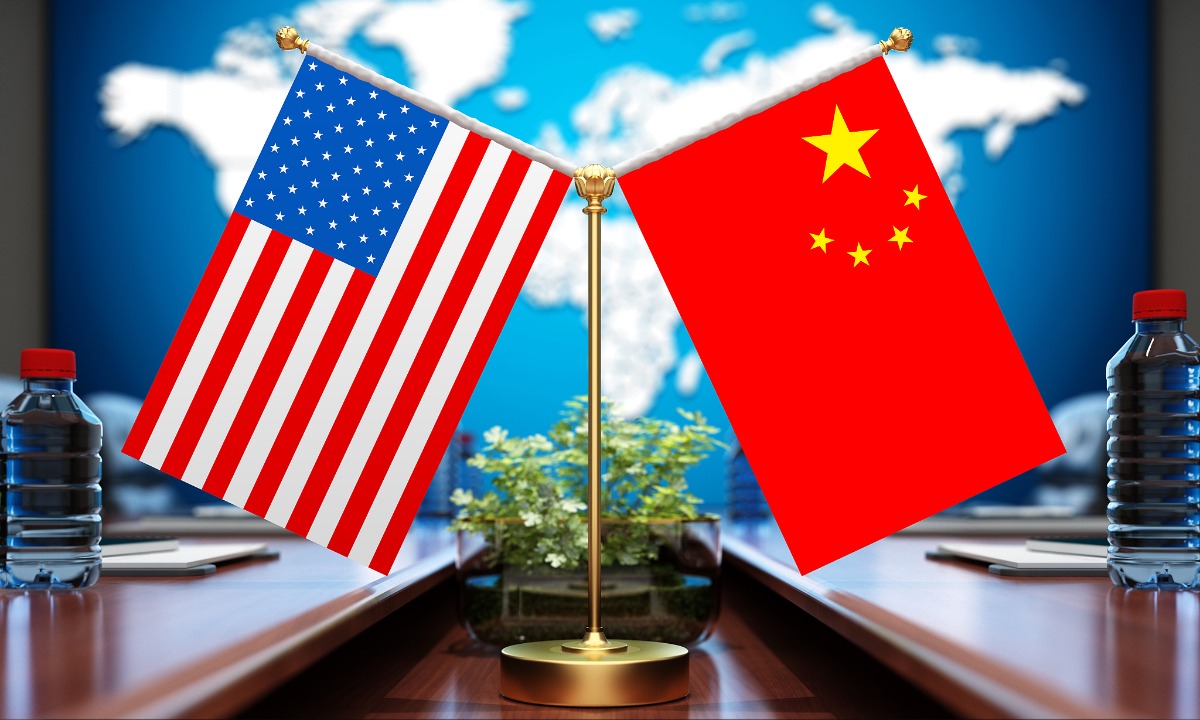
The Chinese Ministry of Commerce announced on Friday afternoon that Beijing and Washington have remained in close contact since the two-day trade talks in London earlier this month, confirming the details of a framework agreement.
“China will review and approve export applications for controlled items in accordance with its laws and regulations, and the US side will, in turn, lift a series of restrictive measures against China,” the ministry stated.
“We hope the US side will cooperate with China in line with the important consensus and conditions established during the conversation between the two presidents on June 5,” the statement continued.
On Thursday, US President Donald Trump said the US had “signed” a trade deal with China the previous day, without providing details.
“We signed the deal with China yesterday, right? We signed the deal with China,” Trump said at a White House event introducing a budget law. “With the China deal, we are starting to open up China,” he added.
He also mentioned that a “very big” deal, likely with India, would be signed soon.
Rare earth elements
Following the event, US Commerce Secretary Howard Lutnick told reporters that the US and China had signed an agreement codifying the terms decided upon in previous trade negotiations.
“They will deliver rare earth elements to us,” Lutnick said in a televised interview with Bloomberg, adding that if this commitment is fulfilled, Washington will lift its “countermeasures.”
Rare earth elements, essential for producing high-tech products, including those for the defense industry, were a major point of contention in the trade talks. China holds a near-monopoly on the supply of these minerals due to its massive share of global refining capacity.
Responding to a question on Thursday about rare earth exports, ministry spokesman He Yadong said China had approved a “certain number” of applications and would “continue to strengthen” the review and approval process for eligible applications.
He added that Beijing is willing to “strengthen communication and dialogue” with other countries on export controls and actively promote appropriate trade.
Lutnick also stated that the US plans to reach agreements with 10 major trading partners in the coming weeks. The deadline for countries to negotiate trade terms before higher tariffs are reinstated was July 9, following a 90-day suspension of import tariff hikes announced on April 2.
The two negotiating teams concluded the London talks by announcing they had agreed “in principle” on a “framework” that both sides would take home for their respective leaders to review, as they sought to get their uneasy truce, signed last month in Geneva, back on track.
The negotiations began after a highly anticipated phone call between Xi Jinping and Trump, which seemingly ended an intractable stalemate.
In the weeks following the initial agreement in Switzerland, Washington claimed China was restricting exports of critical minerals, while Beijing reacted to US restrictions on semiconductors and threats to impose visa barriers on Chinese students.
Asia
China hosts SCO defense ministers on warship amid regional tensions
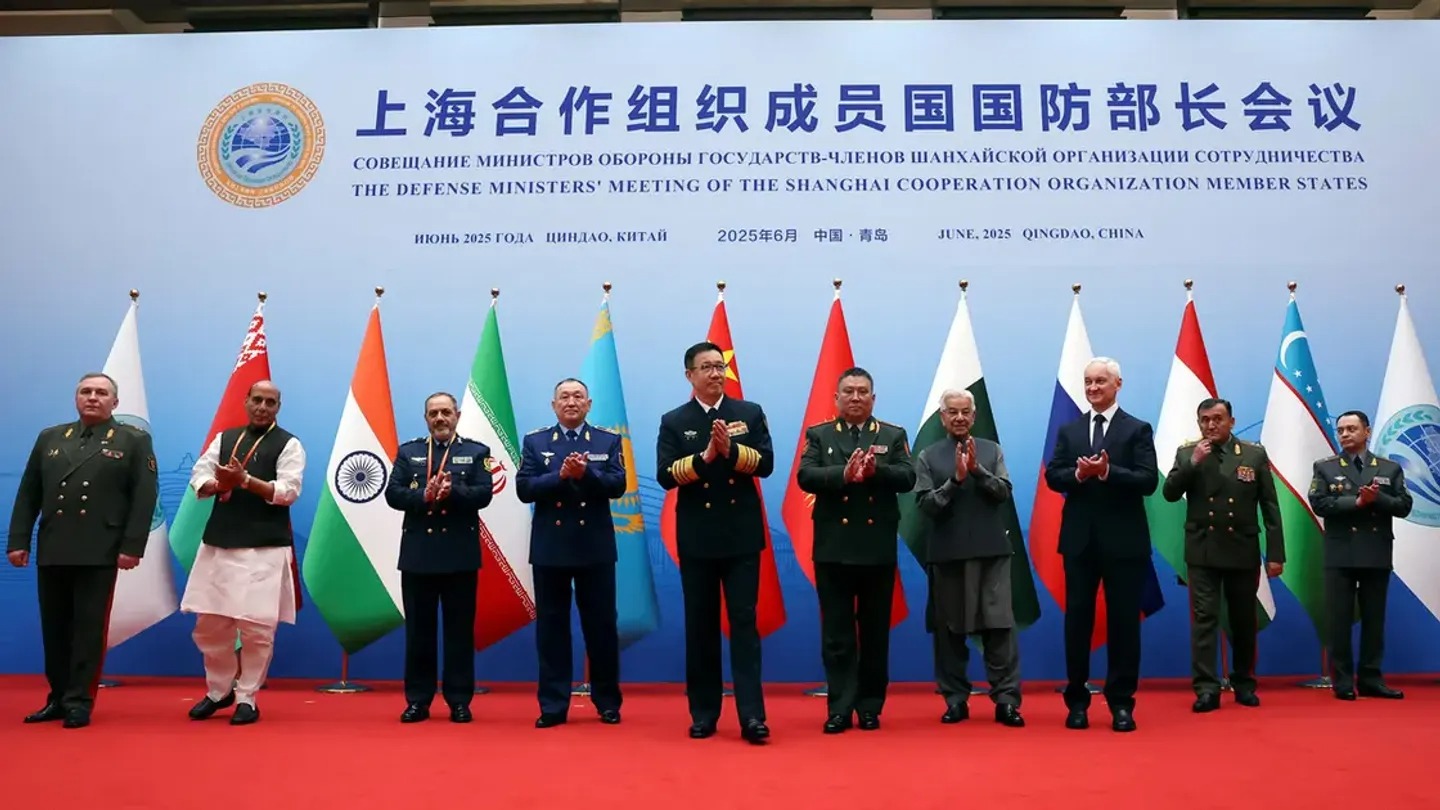
Chinese Defense Minister Dong Jun hosted his Iranian counterpart and other high-level defense officials from Shanghai Cooperation Organisation (SCO) member states aboard an advanced Chinese warship, just days after the US bombed Iran’s nuclear facilities.
Iranian Defense Minister Aziz Nasirzadeh was among the defense officials welcomed by Dong on a military vessel in the coastal city of Qingdao, China, as part of a two-day SCO defense ministers’ meeting that concluded on Thursday.
According to Chinese state television CCTV, Nasirzadeh and other defense officials toured the People’s Liberation Army (PLA) Navy’s Type 052D destroyer, the Kaifeng, and later attended a reception on the ship’s deck.

Aboard the ship, Nasirzadeh thanked Beijing for “supporting Iran’s legitimate position following the recent attacks” by Israel and the US.
“We hope that China will continue to stand on the side of justice, help maintain the current ceasefire, and play a greater role in de-escalating regional tensions,” Nasirzadeh said, according to Xinhua.
In his address to the assembled ministers, Dong reportedly stated that “unilateralism, protectionism, and hegemonic and bullying acts are on the rise, seriously disrupting the international order and becoming the greatest source of chaos and conflict.”
Dong called for closer cooperation within the United Nations, the SCO, and other multilateral frameworks, urging members to unite with “more like-minded forces” to defend international justice and maintain global stability.
“SCO countries must remain true to the organization’s founding ideals, uphold the ‘Shanghai Spirit,’ and deepen practical cooperation in all areas,” Dong said. “With stronger actions, we can jointly safeguard a peaceful environment for development,” he added.
The event followed the US attacks on three of Iran’s key nuclear facilities on Saturday, which Beijing strongly condemned.
The Chinese Foreign Ministry stated that the attacks on nuclear facilities under the supervision of the International Atomic Energy Agency seriously violated the UN Charter and its principles.
Additionally, the SCO meeting coincided with a NATO leaders’ summit in The Hague. In a statement from The Hague, US President Donald Trump announced that the US would hold talks with Iran about a possible nuclear deal “in the coming week.”
Bilateral Talks
According to Xinhua, the Chinese defense minister later held separate bilateral meetings with the defense ministers of Belarus, Pakistan, Kyrgyzstan, and Russia. The state news agency reported that all parties appreciated Beijing’s efforts and significant contributions to developing SCO operational mechanisms and deepening inter-sectoral cooperation during its rotating presidency. They also expressed a strong will to further consolidate and expand military ties.
Pakistani Defense Minister Khawaja Asif praised Beijing’s role in de-escalating tensions. “Pakistan highly values its robust friendship with China and is ready to work together to implement its three global initiatives, deepen military cooperation, and help maintain regional peace and stability,” he said.
For Russian Defense Minister Andrei Belousov, this year—the 80th anniversary of the victory in World War II, the Chinese people’s war of resistance against Japanese aggression, and the world’s anti-fascist war—presents an opportunity to deepen bilateral military relations. “In line with the consensus of our leaders, we will intensify strategic communication and cooperation and contribute to global strategic stability,” he said.
Meanwhile, Indian Defense Minister Rajnath Singh also attended the Qingdao meeting. This marked the first visit by an Indian defense minister to China since the deadly border clash between the two countries in 2020.
Military trust
According to the Chinese Ministry of Defense, the SCO defense ministers’ meeting is one of the key events held during China’s rotating presidency of the SCO this year. The ministers, along with representatives from the SCO and regional anti-terrorism bodies, gathered to further strengthen military trust and deepen practical cooperation among member states.
The SCO, a 10-nation bloc comprising China, Russia, Kazakhstan, Kyrgyzstan, Tajikistan, Uzbekistan, Pakistan, India, Iran, and Belarus, currently covers approximately three-fifths of the Eurasian continent and about 43% of the world’s population.
The Beijing meeting, held under the rotating presidency of the Shanghai Cooperation Organisation, highlighted China’s role as a significant international actor and the importance Tehran places on its relationship with Beijing, even as China has largely remained on the sidelines of the Israel-Iran conflict.
During a regular press conference at the Chinese Ministry of Defense on Thursday, when asked if Beijing was considering providing military support to Iran as an SCO member, ministry spokesman Zhang Xiaogang told CNN, “China is ready to cooperate with all parties to play a constructive role in maintaining peace and stability in the Middle East.”
Kaifeng destroyer
The Kaifeng destroyer, where the meeting’s reception was held, is the sixth vessel of the extended Type 052D variant and serves in the North Sea Fleet. Commissioned in April 2021, the ship is approximately 159 meters (521 feet) long, weighs 7,500 tons, and is equipped with 517C anti-stealth radar. Its expanded deck allows for the landing of the PLA Navy’s Z-20 helicopters.
The warship has conducted numerous long-range exercises, including a passage through the Tsushima Strait in April, as part of Beijing’s growing operational presence in the western Pacific.
It was publicly displayed during the 74th-anniversary celebrations of the Chinese navy in Qingdao in 2023.
-

 Middle East2 weeks ago
Middle East2 weeks agoUS to launch major bombing campaign against Iran this weekend, Hersh reports
-
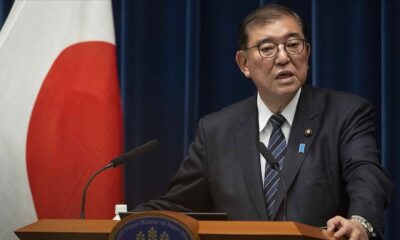
 Asia2 weeks ago
Asia2 weeks agoJapan diverges from G7, urging restraint in Israel-Iran conflict
-

 America2 weeks ago
America2 weeks agoIsrael’s nuclear arsenal used as a tool of blackmail, says expert
-
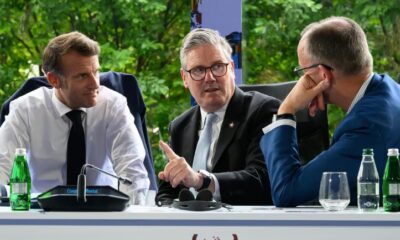
 Europe2 weeks ago
Europe2 weeks agoEU divided over legality of Israel’s strike on Iran
-

 Europe2 weeks ago
Europe2 weeks agoMass evacuation plans: War and the ‘self-fulfilling prophecy’ in the Baltic region
-

 Opinion2 weeks ago
Opinion2 weeks agoViewing the Israel-Iran Confrontation Through the Lens of Grand History
-

 America2 weeks ago
America2 weeks agoUS presidents ignore intelligence reports on Iran, says ex-CIA analyst
-

 Diplomacy2 weeks ago
Diplomacy2 weeks agoCitigroup warns oil could hit $90 if Strait of Hormuz is closed




